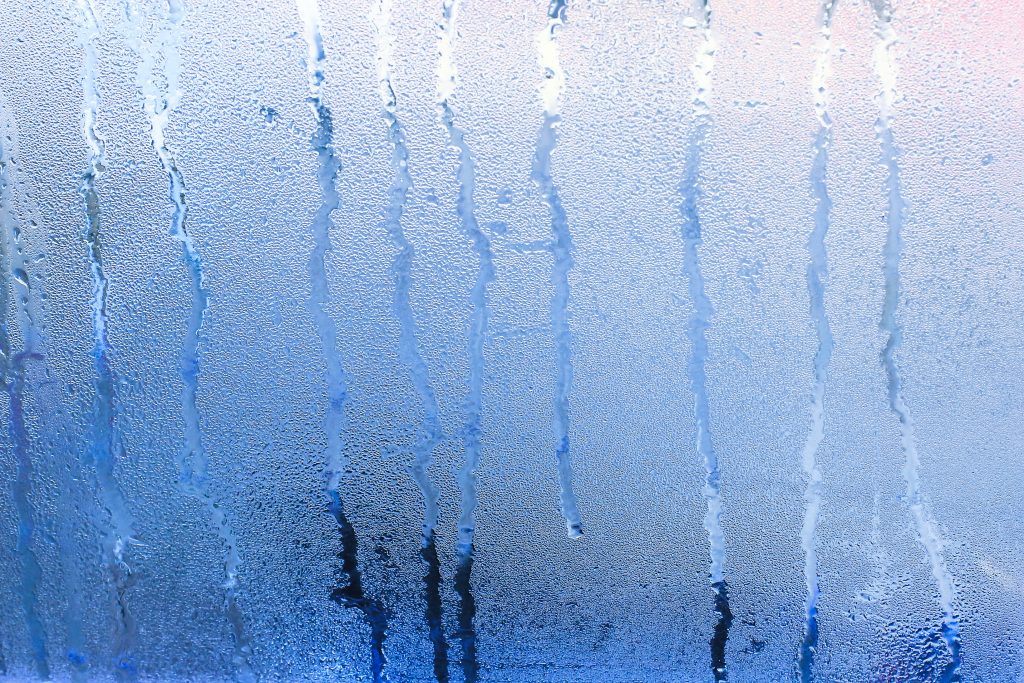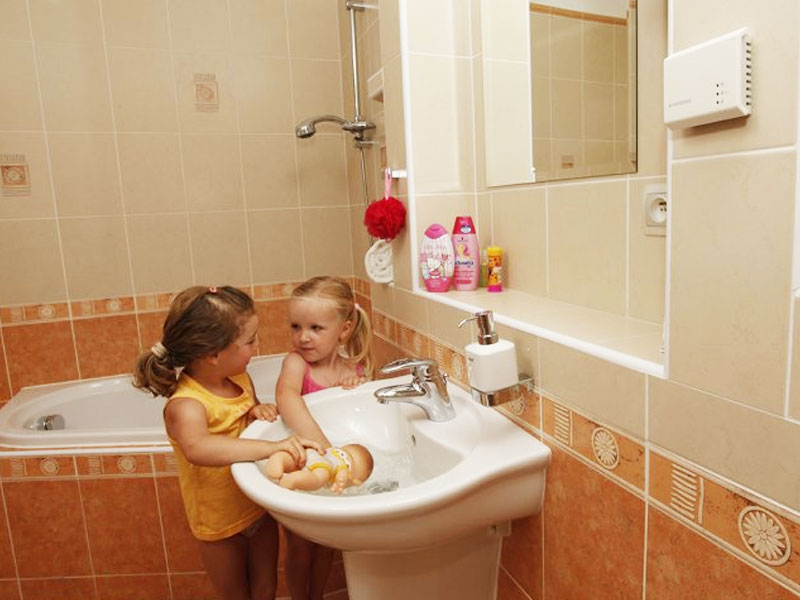Humidity sensors
Humidity is a meteorological element that describes the amount of water vapour in the air, which is mainly contained in the lower atmosphere and is produced by evaporation from large bodies of water, soil, plants, animals, etc.
Relative humidity = the ratio between the amount of water vapour in the air and the maximum possible amount of water vapour at a given temperature.
Relative humidity sensors are suitable for controlling indoor air conditioning according to the measured value. Depending on the set humidity value, the sensor switches the controlled output on or off, or reduces or increases the power of the ventilation unit.
The humidity unit is given in % RH (Relative Humidity). Normally, the humidity should definitely not be above 60%, but the ideal humidity is usually around 50%.

Humidity too high or too low
Excessive humidity is behind the formation of mould, which is certainly not conducive to human health. Moreover, they destroy everything they come across. Mould can then be found on walls, under carpets, on furniture and even on textiles. But even air that is too dry is not suitable for living, and in many prefabricated houses the relative humidity is 30 percent or less. In conditions of extremely low relative humidity, the mucous membranes dry out, causing various health problems. In addition, low humidity forces the heating to be turned up to a higher temperature, by as much as 2-3°C, to achieve the same feeling of warmth. The basic step to maintain ideal indoor humidity is to monitor the humidity level.
Take a closer look at the humidity sensors:





